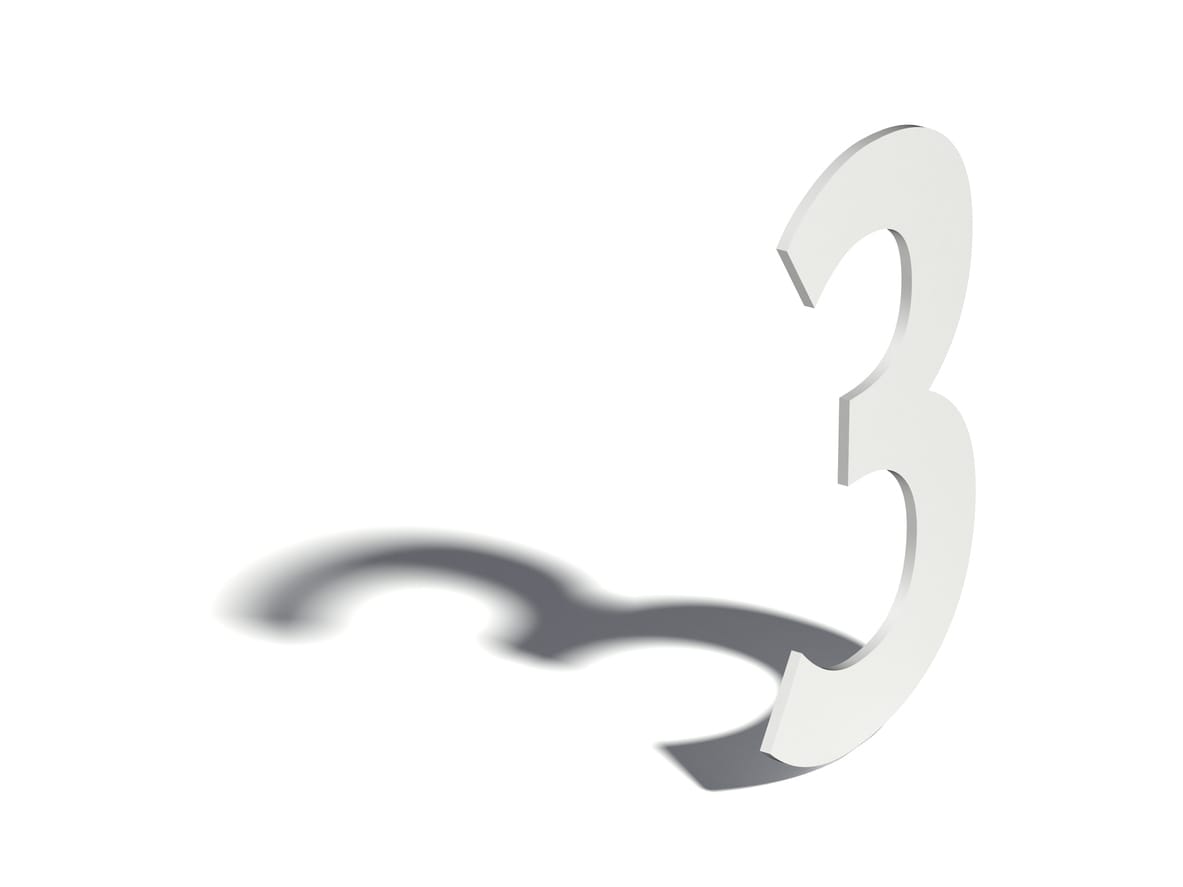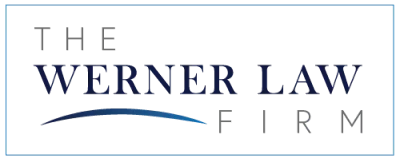
Menu

Do you have a grasp of how to go about giving your assets away to your loved ones? Titles, beneficiaries, joint accounts, trusts and wills – this is the world of estate planning, a world where ensuring that your wealth gets to where it needs to go is turned into an art form.
While asking someone to define the ownership of their property may sound like a simple question, in many cases it may be more complicated than first considered.
People can forget who they named their beneficiaries decades ago, they can overlook exactly how a property is titled, and they can forget whether they bought something in their name or in the name of their old company.
When you’ve amassed a collection of shares, bonds, accounts, properties and more, making sure everything ends up in the right place becomes a gigantic pile of paperwork. Most people end up going the route of the will – they write up a will and testament, with a few trusted individuals to bear witness, then they have it go into effect upon their death and hope for the best.
“Hope for the best”, because wills are not a very reliable way to ensure that your wealth makes it to those who you wanted to endow. Inheritance is a complicated thing, and wills can easily be faked – to avoid a dispute or settle a contest, the probate court goes over every single will and testament to determine its legitimacy and hand over a deceased individual’s belongings and assets at their time of death.
This takes time, and costs a lot of money in fees. Not to mention that it only goes into effect after you have died, making it a very poor choice for transferring an asset while you live. Instead, here are a few things to keep in mind about asset transferal and estate planning, if you plan to maximize what your beneficiaries get to keep.
Estate planning is not cut-and-dry. There are many pitfalls and common mistakes, misconceptions and confusion. Here are some prime examples of things you should not do when transferring your assets.
There are few things quite as irritating for a family as discovering after your death that you had actually named your ex-spouse as beneficiary of your property, something you neglected to change. It is wise to regularly review whom you have listed on your different properties as beneficiaries, in order to avoid such complications and issues. Be sure to know at any given moment who:
• Is named in the title of your property.
• Stands to inherit it if you die today.
A good first step when thinking about your loved ones’ future in the event of your untimely demise is making sure they’re named where you want them named.
You may be able to transfer a lot of your wealth through POD/TOD and joint ownership, but a trust does have its benefits. It is simple, in the way that all your assets ultimately are owned under one name – the trust’s name.
It makes your life easier, rather than more complicated. It gets you some good long nights’ worth of sleep. It ensures that what you own is accounted for, in a way that other estate planning tools can’t ensure. Speak to a lawyer if you want to know whether a trust is a good fit for you.
Aside from avoiding probate, it allows you to pass your half of a property onto someone who isn’t the co-owner. There are also tax benefits to a trust, although these are typically available to married couples.
There are many examples of taking the law into your own hands in a responsible manner. You can close the sale of a house, change the titles on property, get a business notarized and named, write a will, and do all the necessary paperwork for a civil marriage. For the most part, if you know the steps, there is a lot you can accomplish without a lawyer.
However, estate planning is something best done with someone who can navigate the world of taxes and laws. A mistake, miscalculation or oversight can cost you and your loved ones for years to come – with a good lawyer, you can avoid that.
There are three ways to manage your property in a way that it all ends up in the hands of those you deem best to own it after you have died. One of these ways is by making your accounts/properties payable-on-death/transfer-on-death. A POD account will be emptied out when you die, into the account of whomever you name a beneficiary. Meanwhile, a TOD property will transfer to the name of your chosen beneficiary.
A trust is another option, and it may be the best and most comprehensive one. A trust lets you manage when and how an asset is transferred upon your death, and with some legal help it is quite easy and painless to set up. Due to the nature with which it is set up, it also does not require additional proof and thus allows you to bypass probate.
Finally, you have the option of joint ownership in marriage. Owning something alongside someone else (usually but not always your spouse) means transferring your half of the property over to their name after your death. If this is something you want to avoid, then a trust will let you transfer your portion of the asset to another name. This is something that isn’t possible with a will, for example.
If you wish to transfer an asset before you die, there are several options as well. One is to gift your property, but there is a limit to the size of the gift you may make, as a federal tax may apply. Another option for larger properties – such as real estate – is to sell your house at full market value with a mortgage, set up in a manner so that nothing is effectively payable to you.
This way, your children would be in your debt, but you can waiver this debt in your will. Doing this properly and in a way that best avoids additional costs will require a thorough examination of the specifics – the property, the beneficiaries, and all the details surrounding the potential sale.
Estate planning can be very complicated. Or, it can be quite simple and straightforward. Often, this depends on the quality of the help you have.
Founded in 1975 by L. Rob Werner and serving California for over 48 years, our dedicated attorneys are available for clients, friends, and family members to receive the legal help they need and deserve. You can trust in our experience and reputation to help navigate you through your unique legal matters.
Whether you need help creating a living trust or navigating probate, our living trust law firm's compassionate team of estate planning lawyers and probate lawyers are here to help you and ready to answer your questions.
Our goal is to make your case as easy as possible for you. Hiring a lawyer can be a daunting task, but it doesn’t have to be. From the moment you contact our firm, through the final resolution of your case, our goal is to make the process easy and understandable. We cannot change the fact that probate is a long and complicated process, but through our Werner Law Firm Difference, we strive to go out of our way to keep you informed of your case through every step of the way. We are constantly refining our processes and procedures for a more streamlined and calm client experience. Our goal is to have you feel like a burden was lifted from your shoulders, and that we made the whole process an easy one
If you're dealing with a legal matter, we urge you to schedule a free initial appointment today and join the many satisfied clients who have contacted Werner Law Firm.

23 Corporate Plaza Dr., Suite 150
Newport Beach, California 92660
